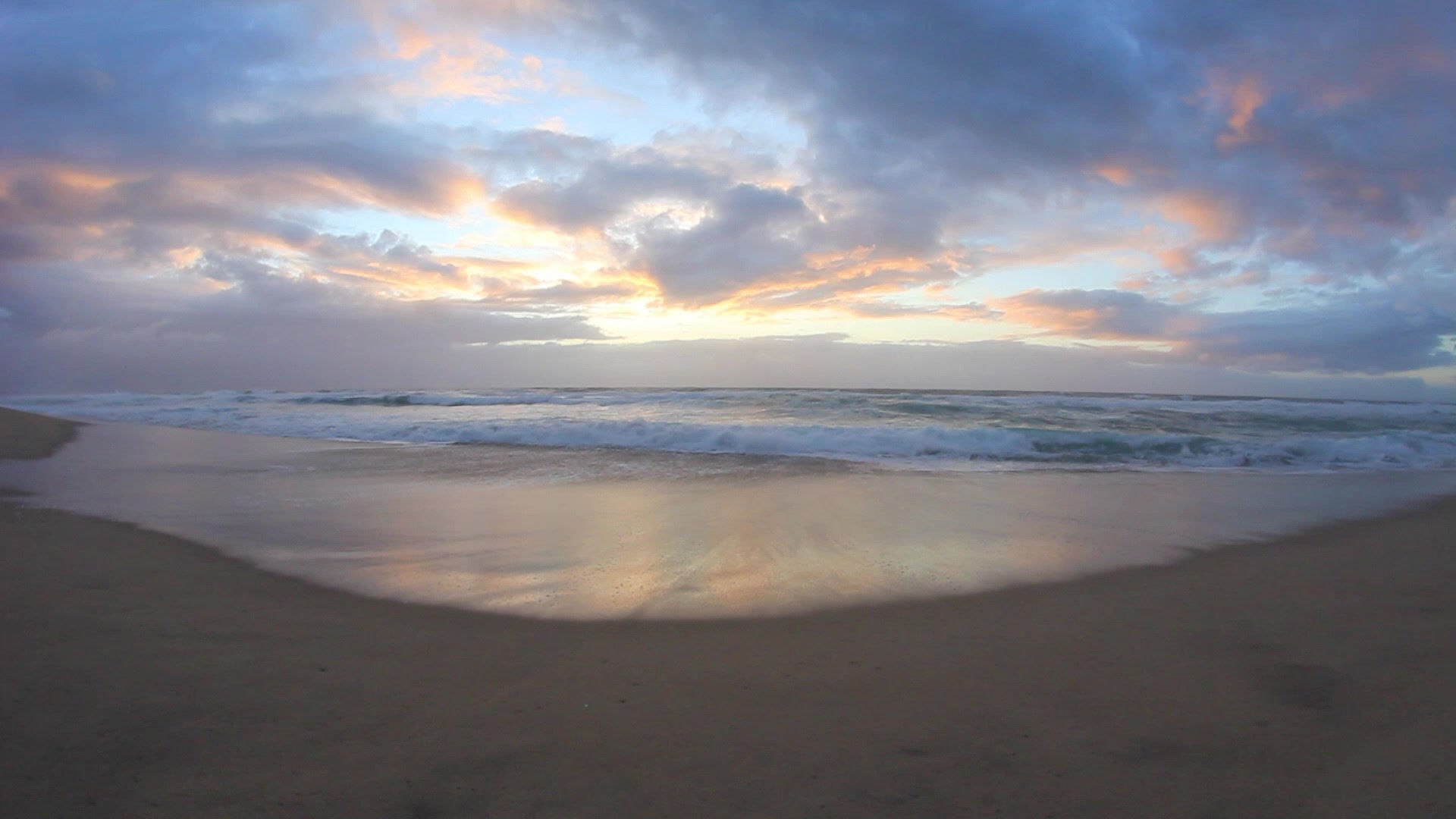
1978 Greco GO-1200
In the late 1970s, the musical landscape for guitar was shifting.
A new market had emerged for fusion-oriented guitarists, driven by the popularity of players like Kazumi Watanabe, Masayoshi Takanaka, and the band Prism in Japan.
Greco (and Kanda Shokai, its distributor) likely anticipated that such players would demand guitars offering a wide tonal range and modern versatility, which led to the creation of the GO Series.
It was a reasonable business assumption — but in reality, the model’s success was short-lived.
As with many so-called “all-purpose tools,” instruments marketed as universal often end up being the least essential.
Living out in rural Akita, I had no idea at the time that Kanda Shokai even ran television commercials for the GO Series — a fact I only discovered recently.
The idea of an electric guitar TV commercial sounds astonishing today, but it speaks volumes about how popular electric guitars were back then.
In Akita, hardly anyone outside of players themselves had even heard of Greco, but in the Tokyo area, it seems the brand was well enough known to the general public to justify national advertising.
Reportedly, there were two other GO Series commercials as well — worth tracking down for anyone interested in vintage Japanese guitar culture.
As for the guitar itself, it’s an exceptionally solid and substantial instrument, with outstanding sustain and a sense of dense, structural rigidity.
For years, I assumed it was an unpopular model, but in recent times the GO Series has gained fresh recognition among collectors and now commands surprisingly high prices at auction.
Specifications:
-
Body: Sen–mahogany–sen three-layer construction
-
Neck: Seven-piece through-neck (maple and walnut), “Speed Way Neck”
-
Fingerboard: Ebony
-
Pickups: PU-3D
-
Tuners: MH900
-
Weight: 4.60 kg (including strings)
(Updated August 24, 2016)
 |  |  |
|---|---|---|
 |  |  |
 |  |  |
 |